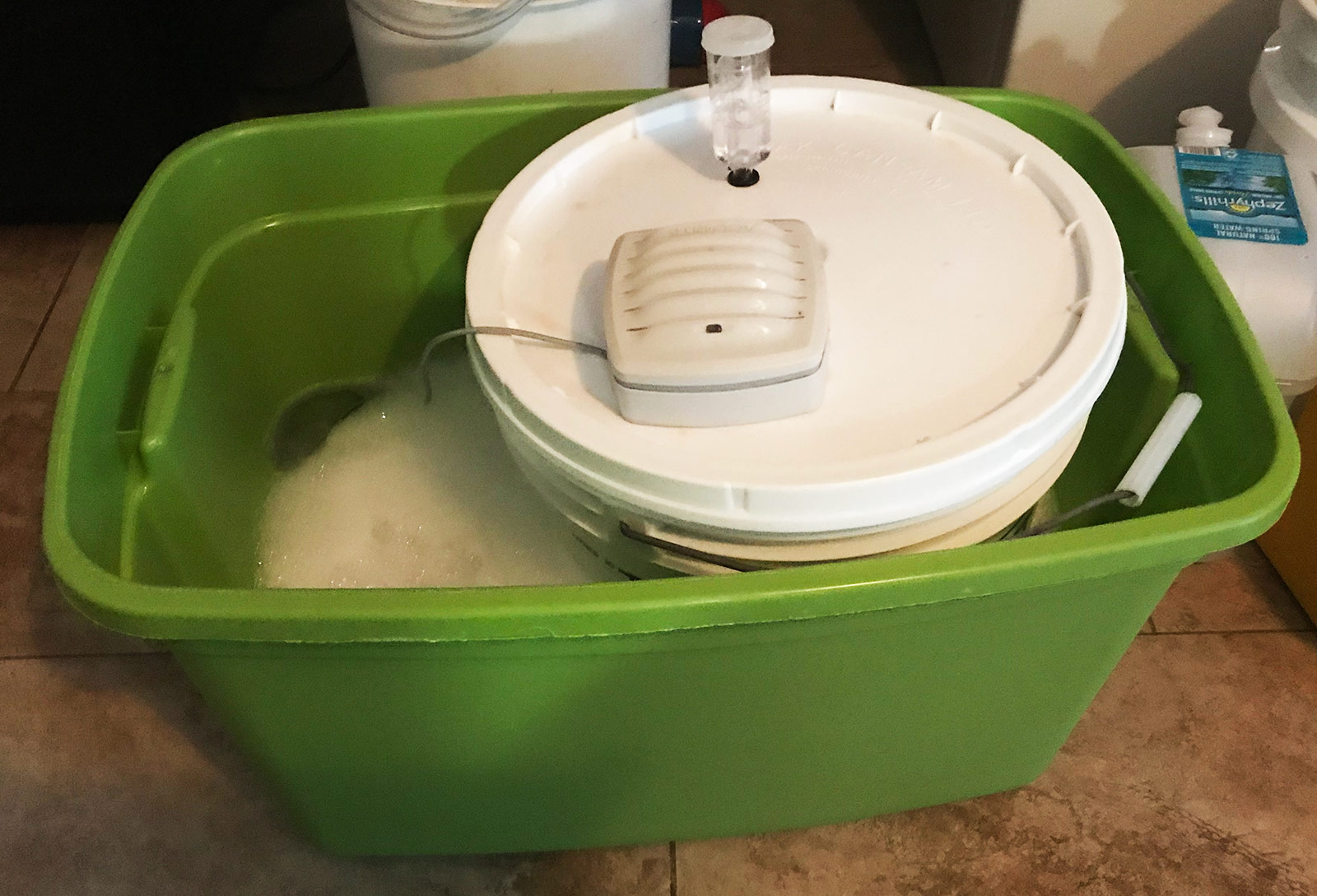aaron4osu
Active Member
I was looking to brew a hefeweizen but I'm Florida and my house is about 80 degrees during the day and 74 degrees at night. I was thinking about something this this True Brew BAVARIAN HEFEWEIZEN EXTRACT KIT . It comes with Fermentis SafBrew WB-06 which states the ideal temp is between 64-75°. Eventually I plan to add some temp control to my setup but this is the situation for now. So my questions are...
1) how much of a difference will it make fermenting at 80 degrees?
2) would a different yeast be better?
3) any similar wheat beers ferment well in my higher temps?
thanks
1) how much of a difference will it make fermenting at 80 degrees?
2) would a different yeast be better?
3) any similar wheat beers ferment well in my higher temps?
thanks



















![Craft A Brew - Safale BE-256 Yeast - Fermentis - Belgian Ale Dry Yeast - For Belgian & Strong Ales - Ingredients for Home Brewing - Beer Making Supplies - [3 Pack]](https://m.media-amazon.com/images/I/51bcKEwQmWL._SL500_.jpg)






































